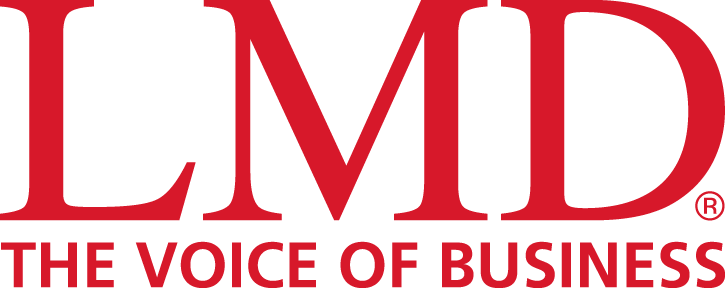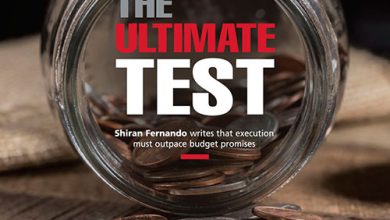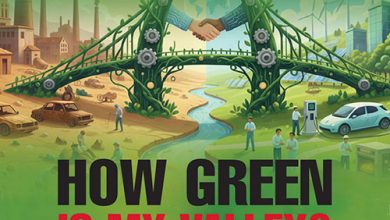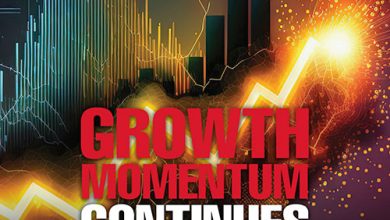US ECONOMY

A RECESSION IN THE US?
Samantha Amerasinghe ponders on whether a recession looms in the United States
The odds of a US recession are rising as the Trump administration’s policy changes are sowing seeds of market uncertainty. Investors are increasingly concerned about the effects of President Donald Trump’s economic policies, mainly due to the volatility surrounding his unpredictable trade war.
However, though consumer confidence is falling, expectations of high inflation and unemployment are rising, the all-out tariff war is creating havoc on the trade front and the odds of an economic slowdown are higher, there is no concrete evidence that a recession is imminent in the near future.
There have been 11 recessions over the past 75 years, according to the National Bureau of Economic Research (NBER). And the last two recessions – the Great Recession in the late 2000s and the COVID-19 equivalent in 2020, were the longest and shortest within that time span respectively.
A recession is defined as two calendar quarters of negative growth or a prolonged period of economic weakness.
Chair of the US Federal Reserve (the Fed) Jerome Powell has intimated that there’s a lot of uncertainty around the Trump administration’s policy changes and their effect on the economic outlook. Many analysts are cutting their GDP forecasts as businesses stockpiled imports in anticipation of tariffs.
Though the US economy grew at a rate of 2.3 percent during the fourth quarter of 2024, many economists expect that it will contract in the first quarter of this year. With slowing activity and sentiment, rising financial risks and a not very dynamic economy, it’s hard to see what could spur growth.
Nevertheless, recent data shows that there’s no sign that a recession is imminent, albeit that this data preceded Trump’s imposition of sweeping tariffs in early April. At that time, evidence of a slowdown came mostly from soft indicators such as surveys, which showed that businesses are reluctant to hire and invest, and workers are worried about losing their jobs.
On the contrary, hard indicators, which measure actual activity, haven’t shown the same weakness. The US economy has been strong, the labour market and job growth have been solid, and inflation was falling.
Moreover, the labour market is not a source of significant inflationary pressure – unemployment is low at 4.1 percent and wages are growing faster than inflation.
Consumer spending will be a key indicator to watch. It remains to be seen how heightened uncertainty over the economic outlook may affect future spending and investment. This makes it nearly impossible to accurately forecast how the economy will perform in the near term, given the level of uncertainty that exists.
However, consumer spending is moderating, following rapid growth in the second half of last year. This is important since consumer spending is by far the largest component of the US economy, accounting for approximately 70 percent of GDP.
The inflation-growth trade-off is hard for the Fed to assess. Even though inflation has fallen considerably from its peak of 9.1 percent in June 2022, it is still above the Federal Reserve’s target rate of two percent. Interest rates are currently in a holding pattern. The Federal Open Market Committee (FOMC) had left the federal funds rate at between 4.25 and 4.5 percent.
But the weakening growth outlook is raising expectations of cuts.
Meanwhile, the Fed is pencilling in a few rate cuts between now and the end of next year, signalling to the market that central bankers are getting ahead of any potential liquidity concerns that may arise later down the road if growth takes a hit from tariffs and unemployment increases.
Interest rates are expected to fall to 3.9 percent by the end of 2025 and to 3.4 percent a year later. But with inflation expectations rising, the reaction of the Fed remains unclear; if it leans to the cautious side and keeps rates high, the growth outlook will dim further.
Powell has indicated that the net impact of the four significant policy changes by the Trump administration in the areas of trade, immigration, fiscal policy and regulation will matter for the economy and monetary policy.
He believes that tariffs might not be as inflationary as some expect because their added cost may be partly absorbed by manufacturers, distributors and retail outlets, leaving less for the consumer to pay. And the duration of these tariffs is also unknown. If it’s short term, then existing inventories may suffice to bridge the gap.
Despite the elevated uncertainty, the US economy continues to be in reasonably good shape. However, the probability of a recession is rising as Trump’s policy agenda and tariffs are fuelling recession fears. And if the headwinds from restrictive trade, immigration policies and overall uncertainty persist, there could be a more pronounced slowdown in economic activity.
Recession odds aren’t alarming but it’s wise to remain cautious. The impact of Trump’s tariff policy will determine if a recession is something we should be worried about.







